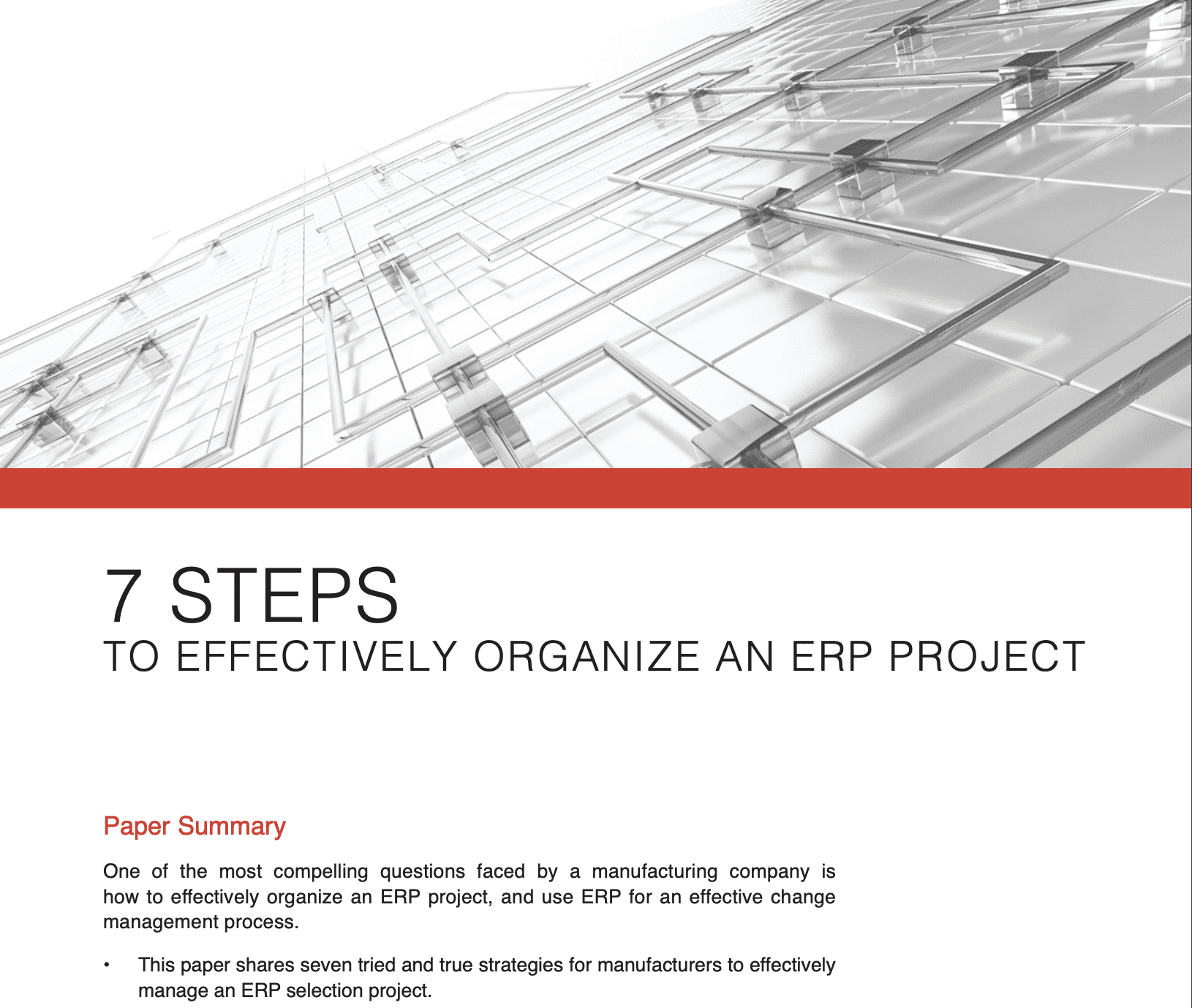Food & Beverage Q&A: Experts on How to Survive and Thrive in the “New Now”
If the past year has taught Food & Beverage executives anything, it’s the value of being able to quickly adapt to changing business conditions. As the industry heads into 2021, what challenges lie ahead?
Our Tim Green recently asked two of our top Food & Beverage consultants, Rafael Calderon and Aaron Olin, what manufacturers, processors and distributors need to know to survive and thrive in today’s difficult business environment. Here is an edited version of the conversation:
Tim Green (TG): The COVID-19 pandemic was the story of 2020 (and 2021). What pandemic-driven changes are ahead?
Rafael Calderon (RC): COVID-related issues will continue to be focused on distribution—specifically the wave of online ordering that knocked companies to their knees this year if they didn’t have those systems in good shape and able to respond to that jump in demand.
We see numbers that show that online purchases and courier delivery have increased in all verticals—but especially in Food & Beverage. Historically, direct store delivery and distribution to consumers are a sore point—and a challenge—for Food & Beverage ERP. And now we think companies are eager and hungry for agile, easy-to-deploy solutions that support these needs.
Aaron Olin (AO): We’ve seen, too, that companies with retail stores are trying more and more to adapt their software to allow for ecommerce and to give them the ability to bypass their retail distribution centers— because last spring they had to suddenly close down their stores. It’s a smart move from the manufacturer and producer standpoint to find ways to deliver direct-to-consumer.
RC: So companies are faced with important questions: What is my cost of distribution now? And how can we ensure that we’re profitable with strained resources and increased demand?
They are tempted to put a thumb on the bleeding wound. But that thumb—a piece of software—might be costly and might not give you recognizable results immediately. You need to have a well-established costing model and a good analysis protocol to determine that you’re profitable in the long run—or not.
TG: How are companies managing this new distribution model?
AO: Many aren’t managing it well. A consequence of the shift to direct delivery is a lack of understanding of freight costs, the real cost of delivery to customers, and what that model entails—because software is not being utilized to manage those types of costs.
ERP software can attach the exact small package delivery cost to a sales order. But that key functionality is rarely used. Often, small package costs at the order level are lumped into one big General Ledger bucket. It’s a lot of work to do it the right way. And most companies see freight as a cost of doing business, so they only look at it in bulk. Or sometimes they come up with a zone map to give them the ability to say that freight costs roughly X to this part of the country and Y to this other part, and so on. And they do it on an annual basis, and not down to the transaction level.
But it’s important to know what your individual sales order freight costs are to consider delivery costs at the sales order level. And it’s even more important to have that visibility so you know what to charge customers for delivery. Doing that is a major change that needs to take place if companies are going to be competitive.
TG: Let’s get back to demand. How are Food & Beverage companies handling demand forecasting in an unfamiliar, unusual and difficult business environment?
AO: In my view, direct delivery makes it easier to predict demand. When you distribute to a retailer, the retailer tells you what they forecast they will need. But when you’re going direct to the consumer, you see your demand in real time. You take the middleman out of the supply chain and demand calculation becomes less reliant on forecasts from distributors. That’s a big shift. And I see it as positive for simplifying demand planning calculations.
RC: We’ve seen lengthy shortages of basic ingredients like flour and yeast, and products such as disinfecting sprays and toilet paper. Why did these shortages continue after the first few months of the pandemic? How are companies sourcing in a shifting market with significantly increased demand? Why were some organizations unable to ensure they had sufficient product in place? If your company doesn’t have the means to visualize demand systematically, you’re in big trouble.
Poor demand planning creates weird situations. At one point in the middle of the pandemic we couldn’t get lentils. But we had dragon fruit from Thailand. How can that be? That indicates that distribution channels are disrupted, and that they’re acting in a way that needs tracking and analysis. This is why it’s important to be able to develop what-if scenarios—using ERP tools—that will enable companies to respond to demand changes.
AO: Before COVID, a flour manufacturer would ask their distributors how much they planned to buy, and that demand “forecast,” which usually was based on previous years, worked okay in a stable marketplace. But in the pandemic, consumers started buying more flour—a lot more—and those demand models were thrown out the window. Today, companies need to be able to react much faster. The solution is to model different scenarios. And their ERPs can help them do that.
TG: What do organizations need to do to be ready for the next disruption?
RC: The marketplace has changed so rapidly and drastically—and might again. So companies need to know what technical capabilities they can use to respond. They may find that their tools are not configured correctly or need to be updated. To know that requires process and analysis—and a detailed assessment of their technologies. And most organizations find they have ERP tools that aren’t being used properly, effectively or at all. Plain and simple, their ERPs could be leveraged better.
 Rafael Calderon is a Project Manager for Ultra Consultants. A specialist in systems implementation and process improvement in the Food & Beverage, Pharmaceuticals and Medical Device sectors, he brings to the job expertise gained over 20 years as a consultant and more than a hundred successful consulting engagements and implementations.
Rafael Calderon is a Project Manager for Ultra Consultants. A specialist in systems implementation and process improvement in the Food & Beverage, Pharmaceuticals and Medical Device sectors, he brings to the job expertise gained over 20 years as a consultant and more than a hundred successful consulting engagements and implementations.
 Aaron Olin is a Senior Consultant for Ultra Consultants. A supply chain management, business process design and forecasting/planning expert, he brings more than 20 years of business process improvement and ERP implementation experience to companies in the Food & Beverage, Consumer Goods, Pharma/ Nutraceutical and Logistics industries.
Aaron Olin is a Senior Consultant for Ultra Consultants. A supply chain management, business process design and forecasting/planning expert, he brings more than 20 years of business process improvement and ERP implementation experience to companies in the Food & Beverage, Consumer Goods, Pharma/ Nutraceutical and Logistics industries.
7 Steps to Effectively Organize an ERP Project
The 7 Steps to Effectively Organize an ERP Project is designed for ERP project teams from today’s forward-thinking manufacturing and distribution organizations.
- Read tried and true strategies for manufacturers to effectively manage an ERP selection project. See what it takes to be successful and more with this Download.







